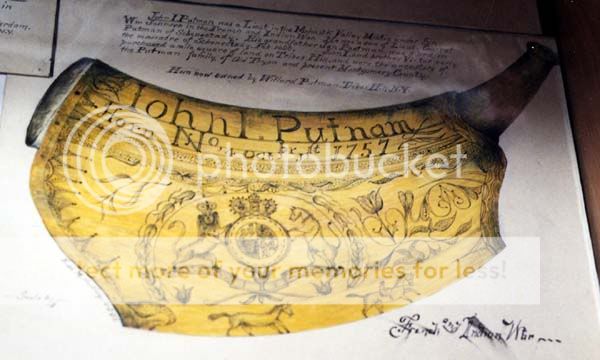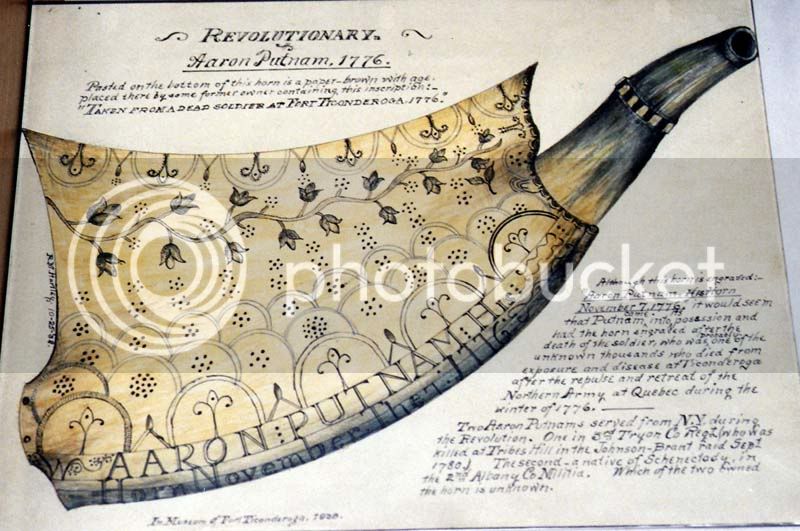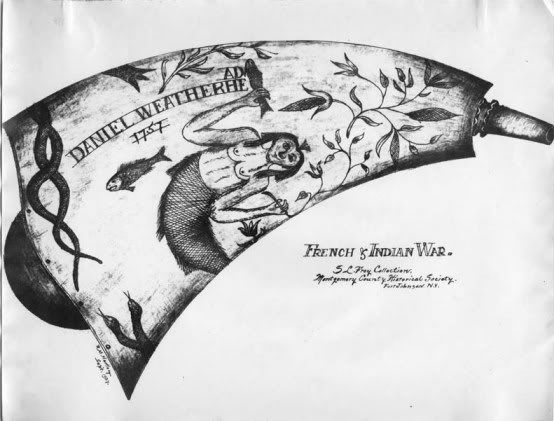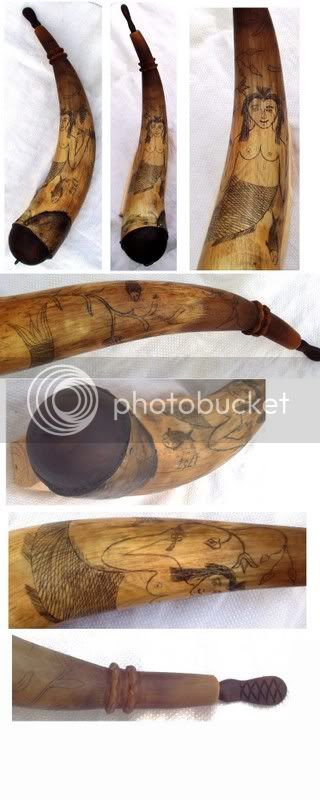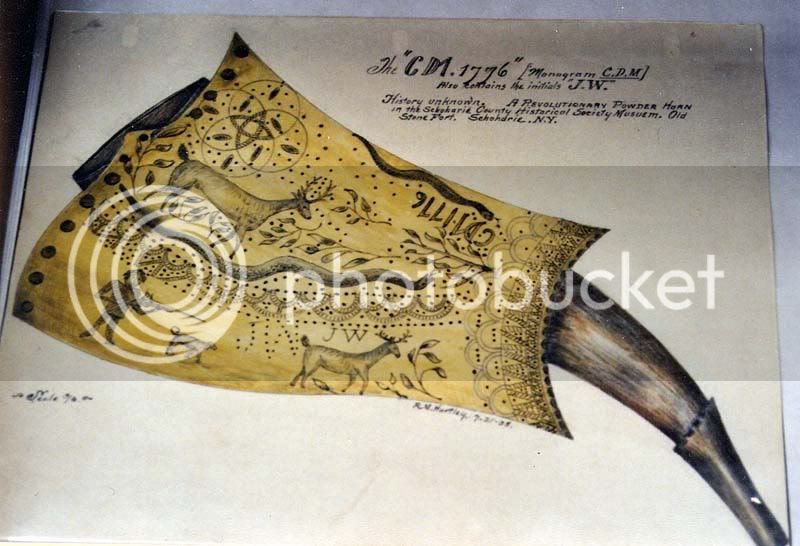Russ,
As a Horner, and American history nut. I feel that the biggest difference in F & I War horns and Revolutionary horns is the engravings adorning them, for the most part. Yes, there are some makers variation of the period, but the short time span between both wars were so close, including the War of 1812. I have never felt that there was any exacting difference's!
Get yourself a copy of AMERICAN ENGRAVED POWDER HORNS by Stephen V. Grancsay, copyright 1976, Ray Riling Arms Books Co. Phiadelphia, PA. I don't know if it is still in print, but in covers alot of researched details of American powder horn history etc. I bought my copy from TOW many years ago and still refer to it from time to time.
Rick






